What CO₂ "jumps" from Antarctic ice tell us about climate evolution 🌡️
Published by Adrien,
Source: The Conversation, Creative Commons license
Other Languages: FR, DE, ES, PT
Source: The Conversation, Creative Commons license
Other Languages: FR, DE, ES, PT
Follow us on Google News (click on ☆)
The analysis of air bubbles trapped in ice cores over 200,000 years old reveals moments in the planet's history where the concentration of CO2 in the atmosphere abruptly increased. It suggests that we could be on the brink of a similar event...
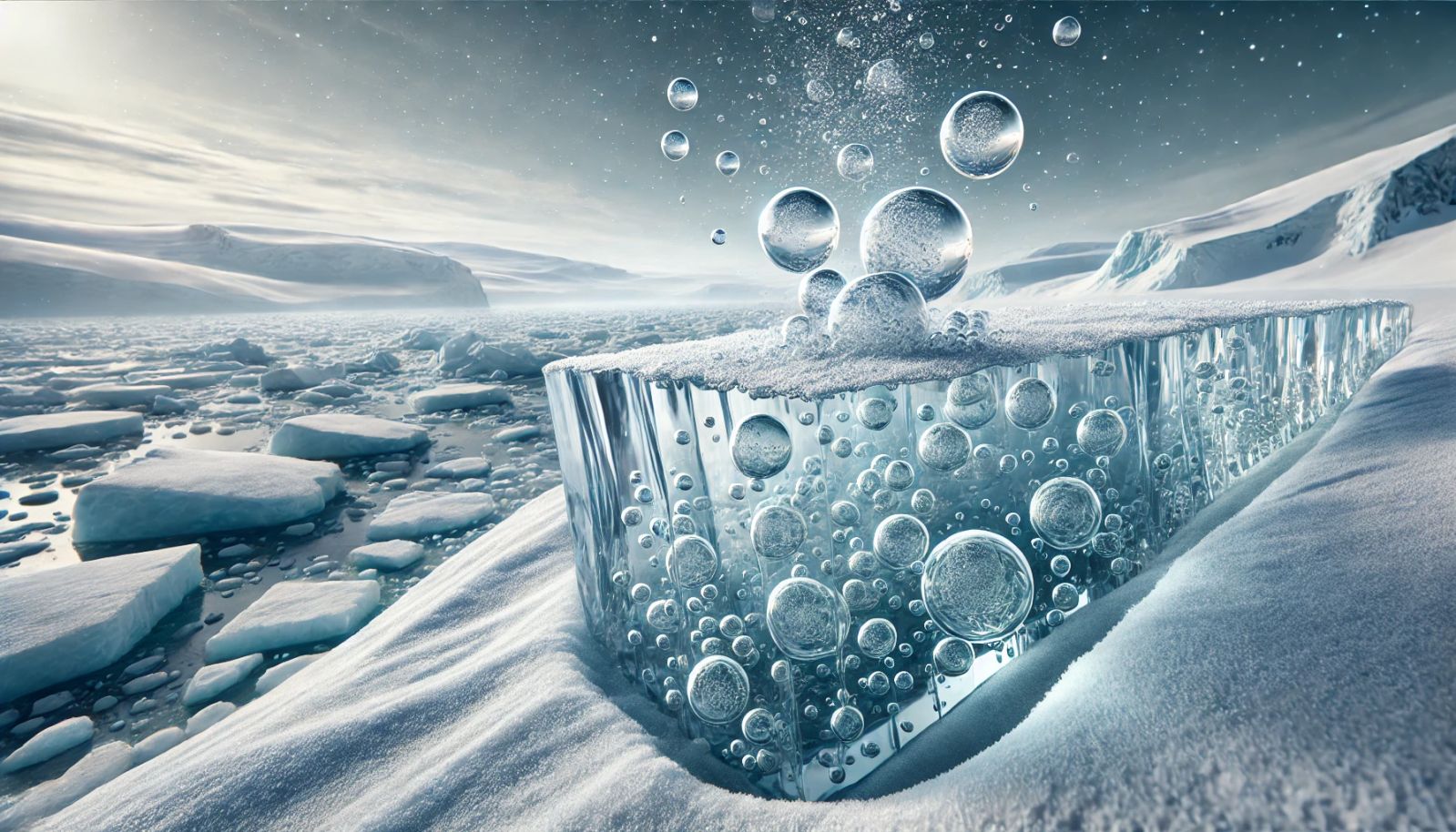
This increase, which would be in addition to human emissions, remains largely lower than the CO2 levels we are currently emitting.
The atmosphere is in perpetual change. Its composition has regularly varied over the climatic eras of our planet, particularly the concentrations of carbon dioxide (CO2), a crucial parameter in determining the climate of our planet.
The analysis of air bubbles trapped in ice cores has allowed us to reconstruct these variations over the past 500,000 years. This is demonstrated by our study published in the journal Nature Geoscience, which reveals recent CO2 "jumps," corresponding to increases of around 10 parts per million (ppm) in less than a century of atmospheric CO2 concentrations.
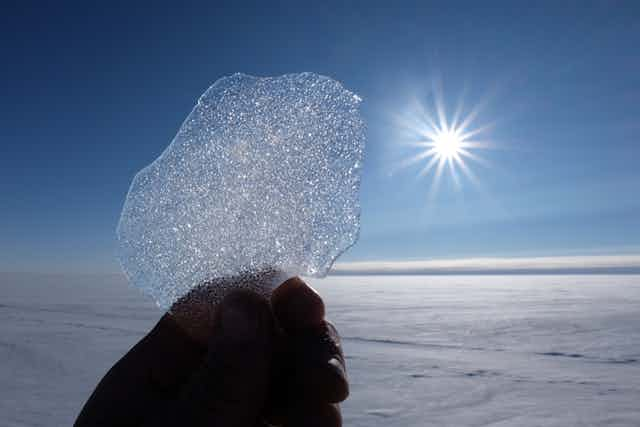
Air bubbles trapped in ice cores extracted in Antarctica contain valuable information about past changes in the composition of the atmosphere.
© Xavier FAIN/IPEV/LGGE/CNRS
These "jumps," corresponding to the most abrupt natural variations in atmospheric CO2 that have occurred in the past climate, however, are much smaller in magnitude than the recent increase behind global warming.
The study shows that these CO2 jumps occur at times when the tilt of the Earth's axis relative to the plane of its orbit around the sun, known as obliquity, was high. The Earth is currently in a period of high obliquity.
That's not all: these jumps are triggered by disruptions in the AMOC, a major ocean current in the North Atlantic that plays a crucial role in regulating the climate and is currently showing signs of slowing down.
This could cause an additional CO2 jump that would combine with human-caused emissions.
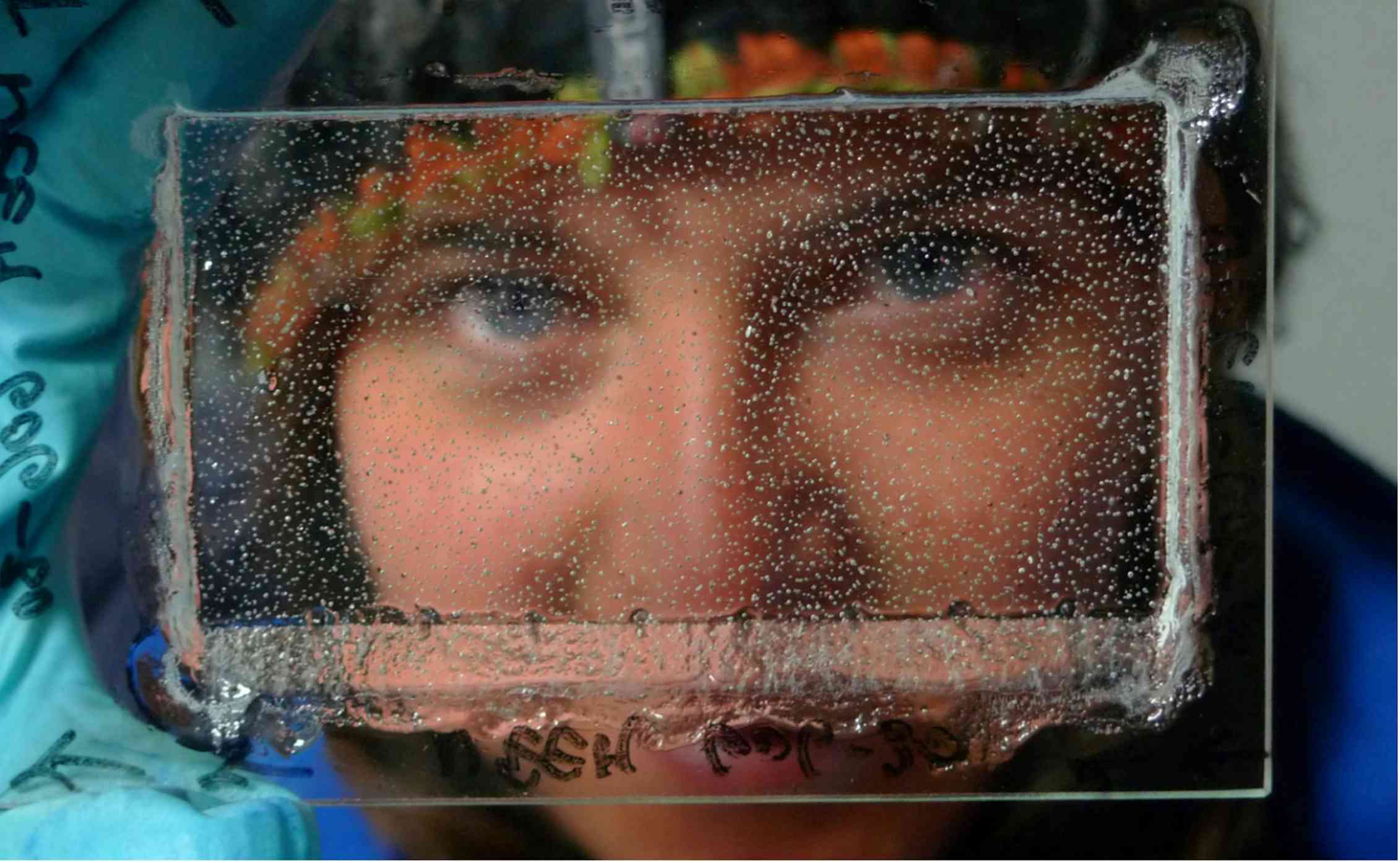
Emilie Capron, co-author of the study, observing air bubbles trapped in Antarctic ice.
Sepp Kipfstuhl, Alfred Wegener Institute, Provided by the author
CO₂ "jumps": what are we talking about?
These atmospheric CO2 jumps correspond to increases of around 10 parts per million (ppm) in the space of a century of atmospheric concentrations during the last half-million years.
Although noticeable, these increases remain, on average, 10 to 20 times smaller than the increase in human-caused emissions. Over the past hundred years, that increase is estimated at 115 ppm, ten times greater than the CO2 jumps observed.
The analysis of this ice core, a long tube of ice about 10 cm (4 inches) in diameter taken from several kilometers (miles) deep in Antarctica, where the surface is almost entirely covered by ice, was conducted at the Institute of Environmental Geosciences in Grenoble.
It allowed us to identify seven new CO2 jumps during the period from 260,000 to 190,000 years ago and to identify 15 previously recorded jumps in earlier studies.
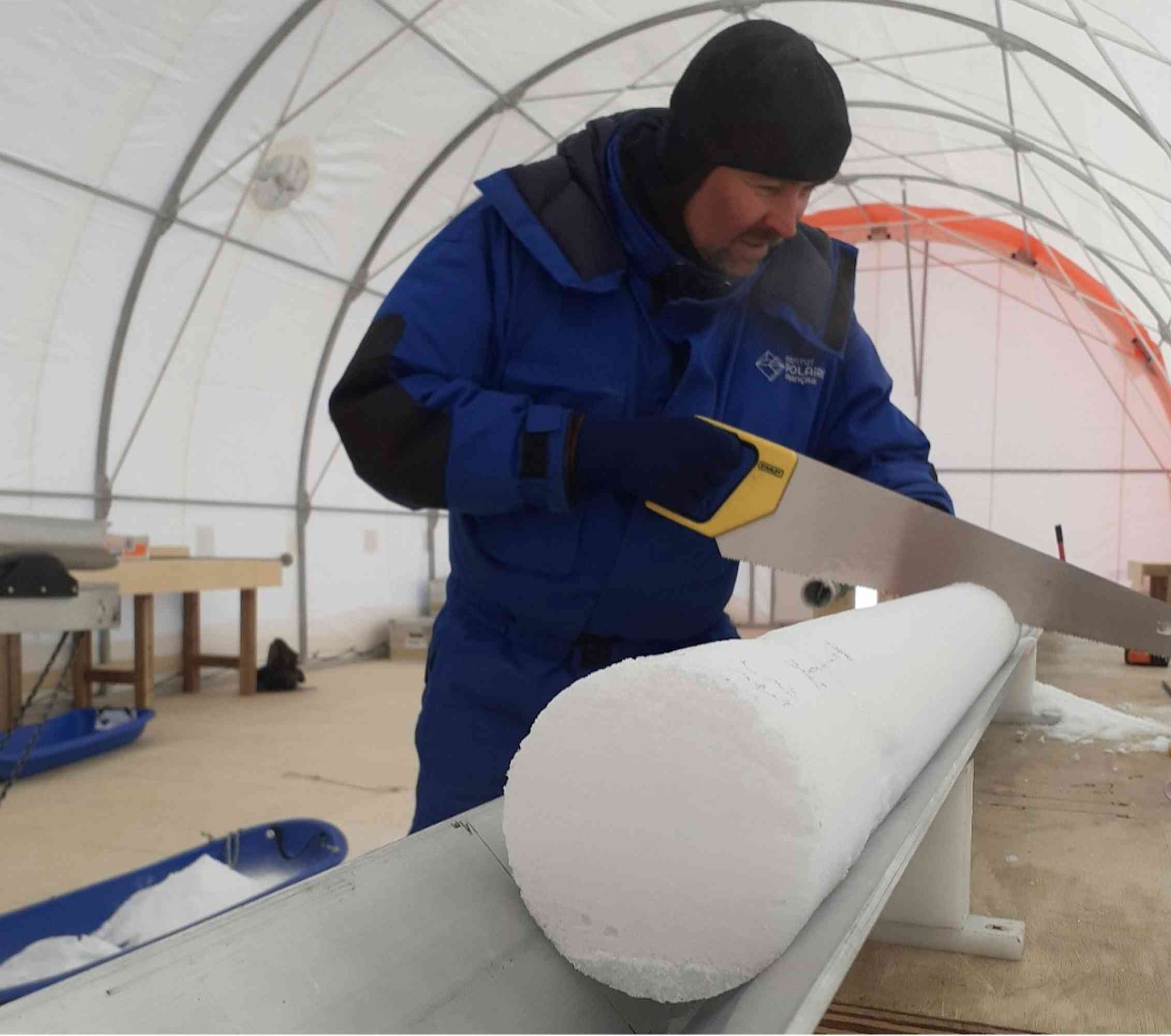
Gregory Teste, co-author of the study, cutting an ice core at the Antarctic Concordia station.
Gregory Teste, IGE, Provided by the author
Most importantly, it showed that 18 of the 22 CO2 jumps studied occurred when the planet's obliquity was high.
A coincidence of two phenomena
CO2 jumps, abrupt phenomena, are in fact caused by the coincidence of two phenomena.
- The initial trigger for these jumps is the disruption of Atlantic ocean circulation (AMOC, for Atlantic Meridional Oceanic Circulation), a major player in regulating the Earth's climate. The disruption of the AMOC indeed causes a reorganization of global precipitation and temperatures.
- However, this necessary condition is not sufficient: not every AMOC disruption leads to a CO2 jump. This is where the second key parameter for CO2 jumps comes into play: Earth's obliquity, which corresponds to the tilt of the Earth relative to the sun as it rotates around it.
This obliquity is not constant: it regularly varies between about 22° and 25° through cycles lasting 41,000 years.
This variation influences the distribution of the sun's energy across the Earth's surface, which has direct impacts on regional climates and the geographical distribution of terrestrial environments, particularly types of vegetation that store carbon. Our results suggest that these changes in the global distribution of vegetation, particularly in the Middle East and sub-Saharan Africa, cause the buildup of large stores of CO2 in biomass, which can then be released during an AMOC disruption, triggering CO2 jumps.
CO₂ jump and climate change: a double whammy?
The Earth is currently in one of these periods of high obliquity. In the event of a major disruption of Atlantic ocean circulation, notably a slowdown in the AMOC, a quantity of carbon equivalent to four years of global anthropogenic emissions (at the rate of average emissions from 2010-2019) could be released in the span of a few decades, thus adding to current human emissions.
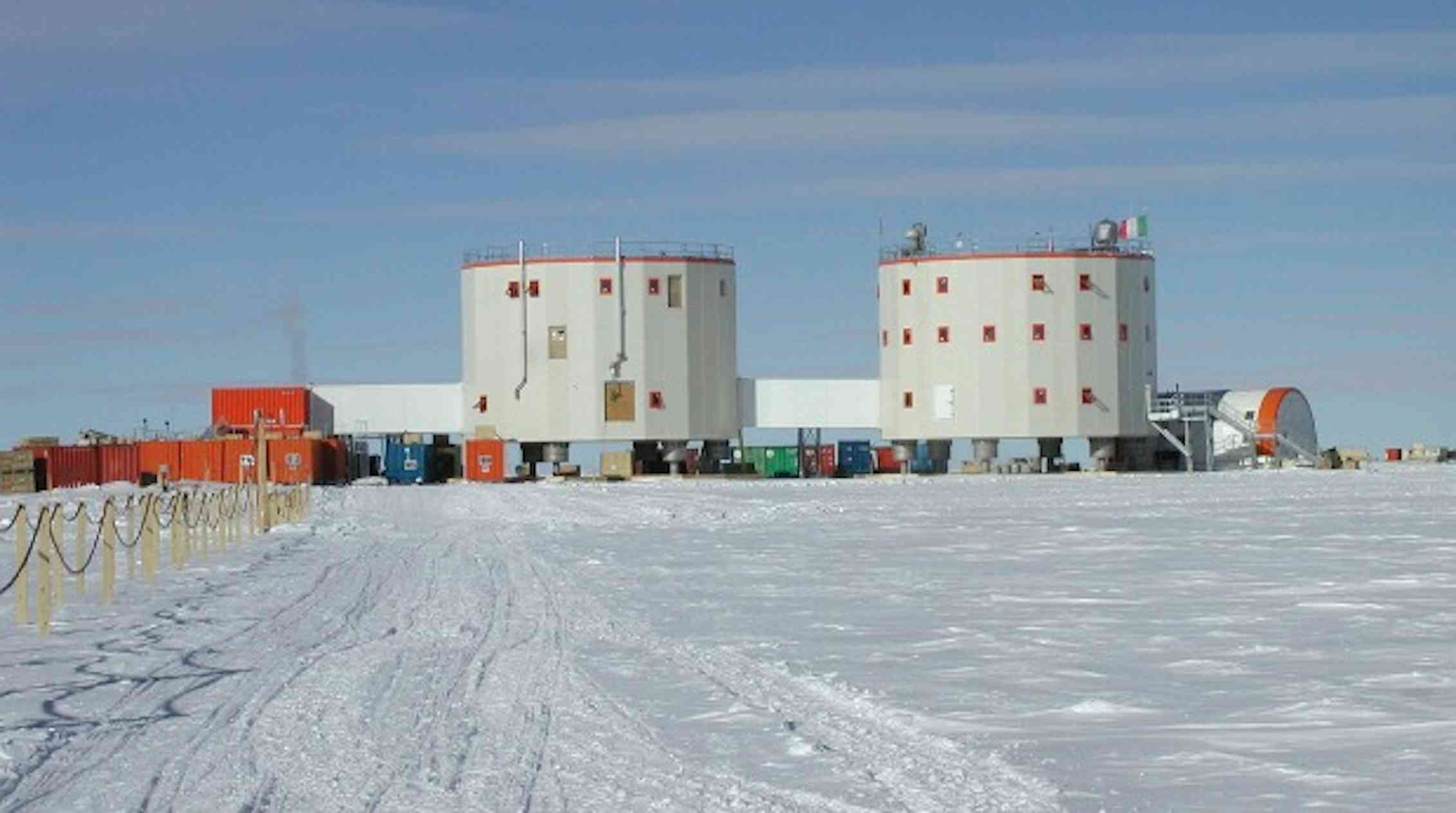
Franco-Italian Concordia Station in the Dome C region of Antarctica, the site of the ice core drilling that helped identify CO₂ "jumps."
Yves FRENOT/IPEV/CNRS – Provided by the author
Currently, there are still great uncertainties in the models linked to the AMOC, with some suggesting it is slowing down due to climate change caused by human activities. In the event of an AMOC collapse, a new CO2 jump could occur, leading to further CO2 emissions from natural sources destabilized by human activity, thereby amplifying climate change.